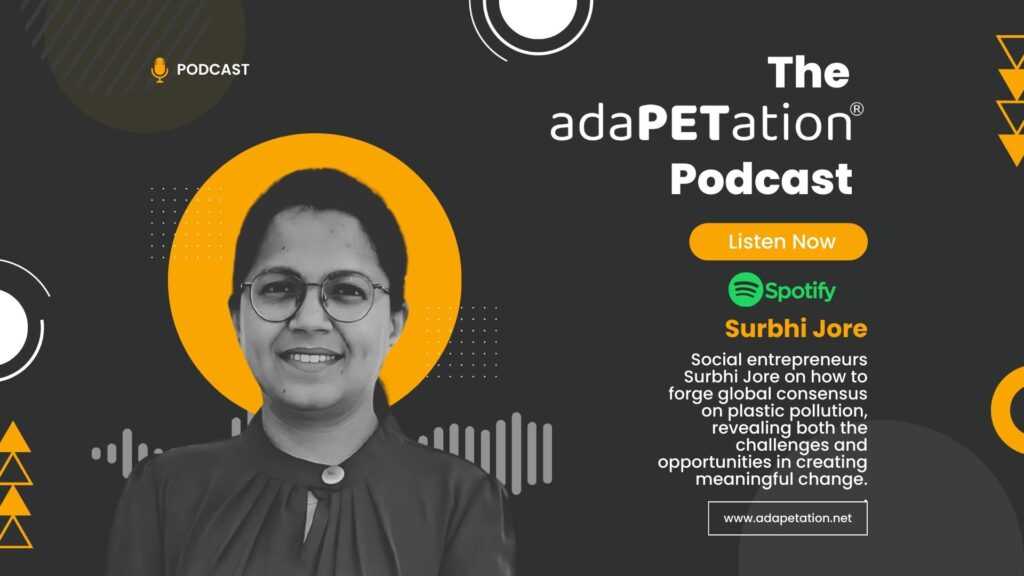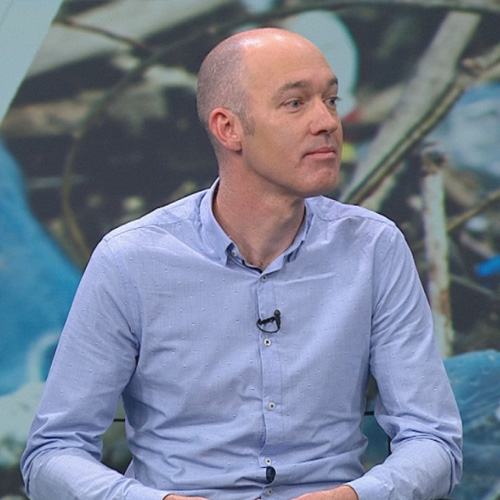
Surbhi Jore talks about how we can forge global consensus on plastic pollution, revealing both the challenges and opportunities in creating meaningful change.

Building global consensus: the path forward after INC5 Busan
The fifth session of the Intergovernmental Negotiating Committee (INC5) in Busan marked a critical juncture in the global effort to address plastic pollution. While the meeting didn’t achieve its ultimate goal of a signed treaty, it revealed both the challenges and opportunities in building international consensus on this pressing environmental issue.
The scale of participation
“There were more than 3,900 plus delegates from government, non-governments who participated,” notes Surbhi Jore, founder of ASM Global, who attended the negotiations. This unprecedented turnout demonstrates the growing recognition of plastic pollution as a global priority requiring coordinated action.
Key developments and challenges
The negotiations, which ran from November 25th to December 2nd, highlighted the complex dynamics between developed and developing nations. A crucial turning point came with the chair’s fourth version of the non-paper, released on November 29th, followed by informal consultations with member states.
“Nothing is agreed till everything is agreed,” Jore explains, reflecting on the decision to schedule INC 5.2. “There were different contact groups and closed-door discussions among different governments. Ultimately, there was still some kind of convergence, but a lot more to come.”
Health concerns driving action
One of the major focus areas emerged around health impacts. “Currently, one of the major focus was the health concern, the amount of microplastic or nanoplastic that become a part of our day to day life,” Jore shares. The presence of microplastics in human bodies, including in fetuses and umbilical cords, has added urgency to the negotiations.
The path to consensus
Despite not reaching a final agreement, there’s universal acknowledgment of the need for action. “Everyone does agree that we need this kind of treaty, we need this kind of legally binding instrument so that we can tackle the problem of plastic pollution at hand,” Jore emphasizes.
Minimum guidelines approach
A key proposal gaining traction is the establishment of minimum global guidelines. As Jore explains, “What we expected was something around some minimum guideline which can be abided by all different countries, different stakeholders. And on top of that, of course, the respective countries can have their own version of implementation.”
Business perspective
The private sector increasingly supports standardized regulations. Companies operating across multiple jurisdictions seek uniformity in compliance requirements. “There should be a uniformity of the regulation so that in any and every geography, they do not have to come up with or struggle with a different kind of regulation,” Jore notes.
Looking ahead
While INC5 didn’t deliver a final treaty, it laid important groundwork for future progress. The scheduled INC 5.2 offers another opportunity to bridge remaining gaps. As Jore observes with characteristic optimism, “Everyone acknowledges that it is a problem and at every individual or the government level or the private sector or the corporates, everyone is trying their best to solve this problem at hand.”
The way forward
The path to consensus may require flexibility in approach. Citing Inger Andersen, Jore suggests, “If not all are agreeing to be a part of the tent, then let’s shrink the tent a bit so that those who are willing to come, they will find a space in and they can accommodate themselves.”
This pragmatic approach, combined with continued dialogue and growing awareness of health impacts, offers hope for meaningful progress at INC 5.2 and beyond. The global commitment to addressing plastic pollution remains strong, even as the mechanisms for action continue to evolve.
To hear more about her insights and ideas about unifying global standards for PET, check out the full conversation on the adaPETation® Podcast.
LOOKING FOR MORE INSPIRATION?
The future of plastics is being redefined, and you can be a part of it. Listen to the full podcast with Surbhi Jore to delve deeper into building consensus for the future. Your support can usher in a new era where plastic, once the problem, becomes an integral part of the solution.
Share it
Useful Links
THE HISTORY OF PLASTIC
Throughout the history of plastic, PET has been crucial in keeping food fresh with lightweight and durable packaging solutions that have helped reduce food waste for almost a century. Learn all about the invention of plastic and the important role it has played feeding people and saving the lives of humans and elephants in the adaPETation® timeline of the history of plastic.





